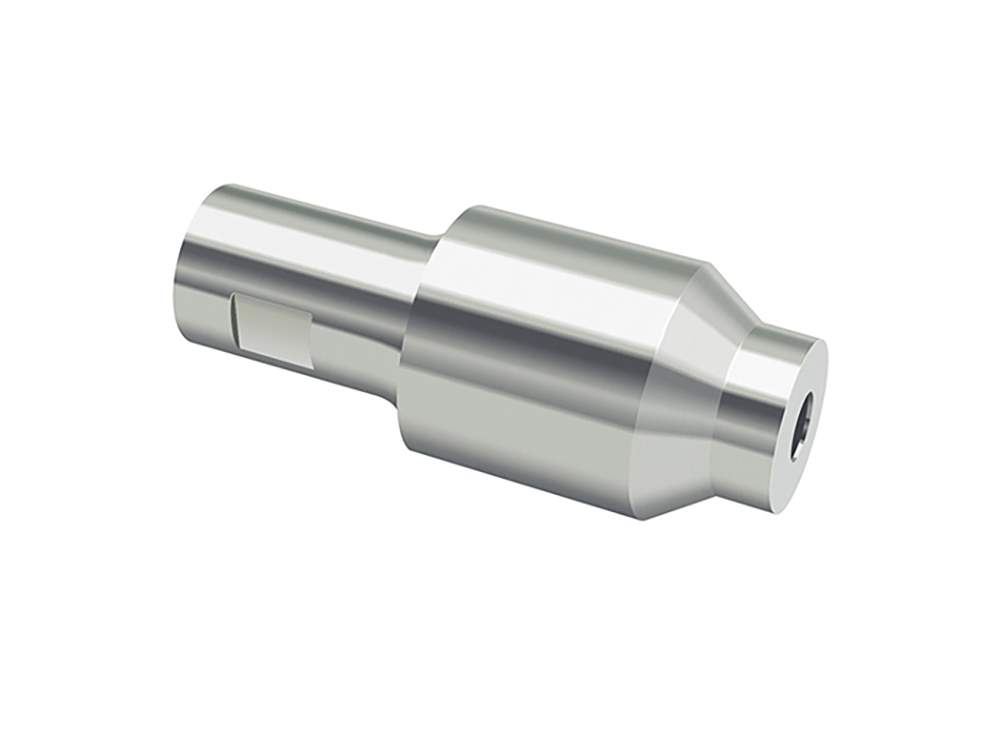

| Material | Steel |
| Processing | CNC Tunring |
| Surface Finish | Electroplating/zinc nickel steel |
| Application | Automotive |
If you need steel turned parts for automotive connectors that hold up under tough conditions, Chiheng offers a complete machining and plating service under one roof. We handle everything from precision CNC machining to electroplating, so you get consistent quality without switching suppliers.
Electroplating not only enhances corrosion resistance but also improves electrical conductivity and wear life—key factors for automotive connectors facing demanding environments. If you want to understand how different plating techniques and materials affect your steel components, and how to choose a reliable machining partner for precision electroplated automotive connector parts, keep reading.
In this guide, we’ll break down the essentials of electroplating steel turned parts, explore industry standards, and show why partnering with experts like Chiheng can make all the difference. Let’s get started!
Chiheng focuses on reliable, repeatable results so your connectors keep performing even in harsh automotive environments. We understand US customers value durability, compliance, and on-time delivery, and our processes are built around that.
Steel turned parts in automotive connectors are precision-machined components used to create secure, reliable electrical connections in vehicles. These parts are manufactured using CNC lathes or automatic turning machines, which shape steel bars into high-accuracy pins, sockets, terminals, and housings. In automotive electrical systems, they play a critical role in transferring power and signals between wiring harnesses, sensors, modules, and control units.
Common designs for steel turned parts include contact pins, threaded contact posts, alignment guides, and shield housings. Each is engineered for specific functions such as maintaining electrical contact pressure, preventing misalignment during assembly, or ensuring mechanical strength in harsh environments.
Chiheng typically chooses steel grades like free-cutting steel, carbon steel, or alloy steel for their balance of machinability, strength, and cost-effectiveness. After selection, the steel undergoes precision machining processes such as:
These machining processes ensure that the parts not only meet exact dimensional requirements but can also withstand the demanding mechanical and environmental stresses found in automotive applications. Combined with surface treatments such as steel machining for automotive connectors and electroplating, they are optimized for durability, conductivity, and corrosion resistance.
| Benefit | Purpose | Impact In Automotive Use |
|---|---|---|
| Corrosion Resistance | Shields against rust, moisture, and chemicals | Long-term reliability in severe environments |
| Electrical Conductivity | Improves signal flow and stability | Strong, consistent data and power transmission |
| Mechanical Durability | Resists wear, friction, and damage | Fewer failures and downtime |
| Aesthetic & Adhesion | Maintains look and structural bond | Professional, dependable performance over time |
In automotive connectors, steel turned parts face a constant mix of moisture, salt, temperature swings, and vibration. Without proper protection, untreated steel can rust, wear out faster, and lose electrical performance. Electroplating solves these problems by adding a protective, conductive metal coating on the surface.
The main reasons we electroplate steel turned parts include:
By adding the right plating layer, we not only protect the steel but also enhance its mechanical strength and electrical stability. This means connectors stay reliable longer, even in harsh under-the-hood or undercarriage environments.
Without electroplating, untreated steel turned parts are prone to:
For U.S. automotive manufacturers, plating is not just an upgrade — it’s a necessity to meet performance, safety, and service life expectations.
We’ve worked with several U.S. automotive manufacturers to supply steel turned parts for connectors that needed reliable electroplating for long-term performance. Here are a few examples that show how our process delivers results:
You can send us any questions to get any information you would like to know, and we will respond to you in extremely short time.